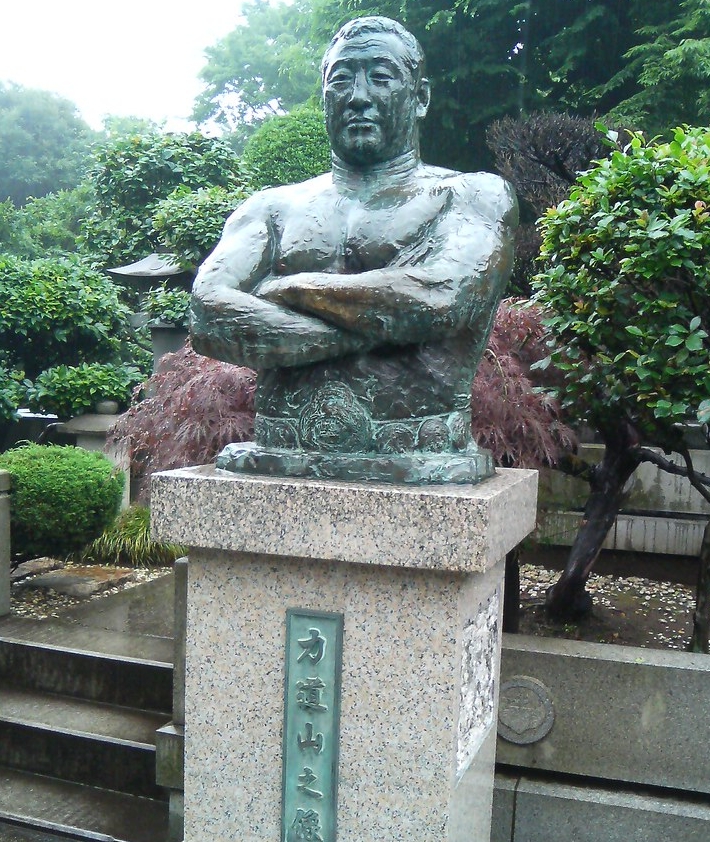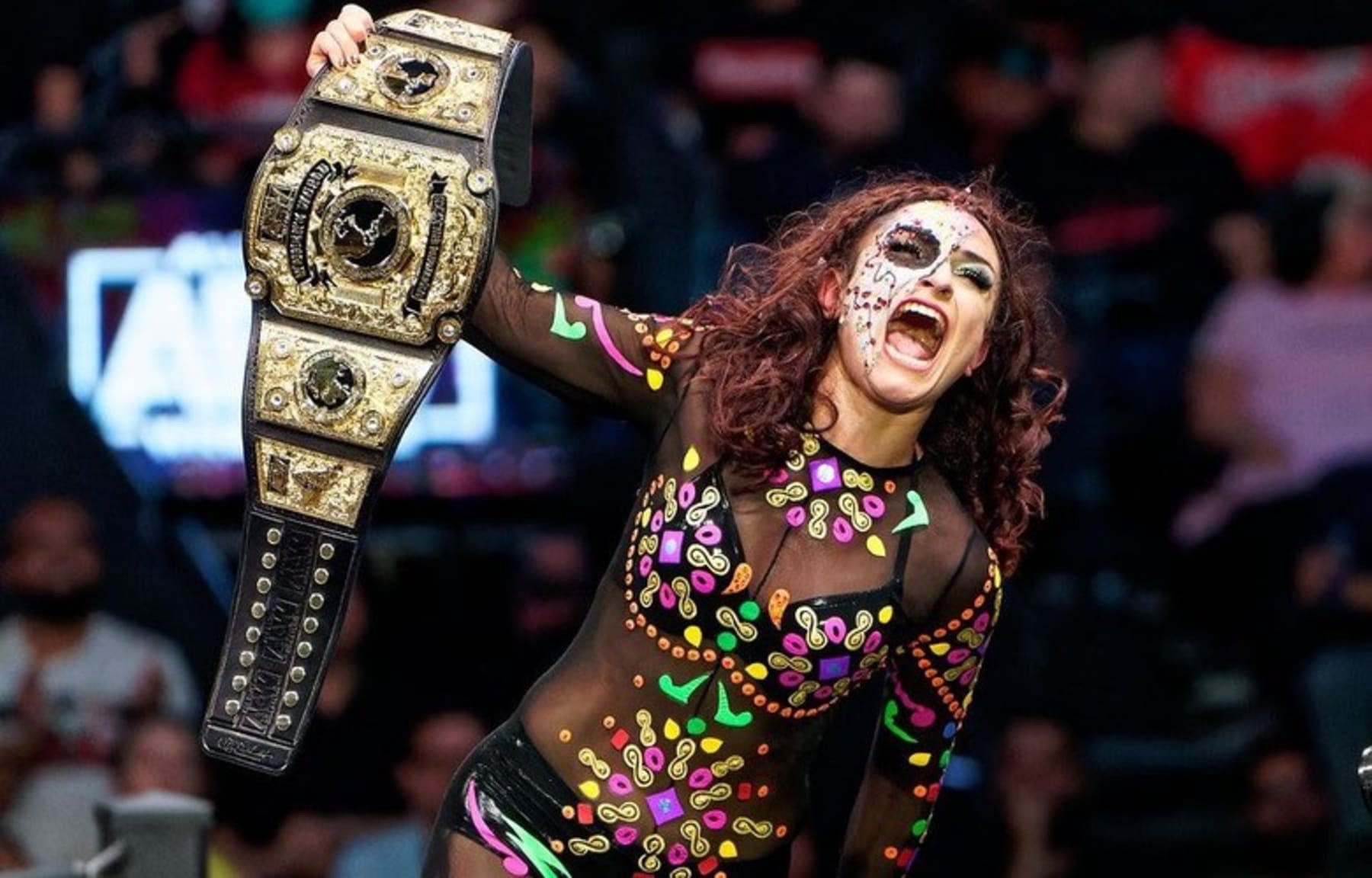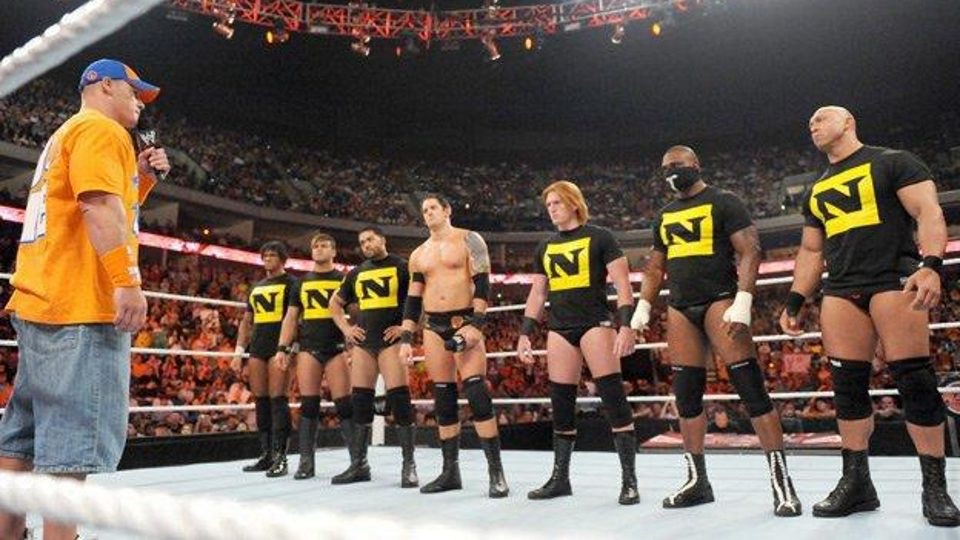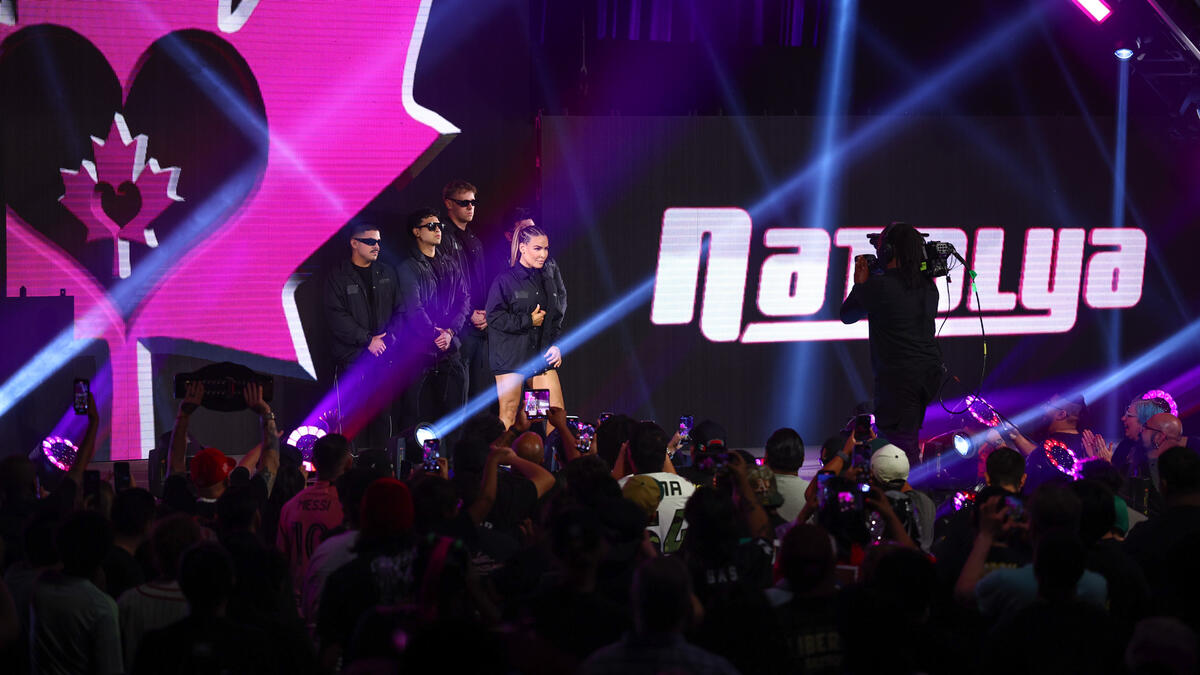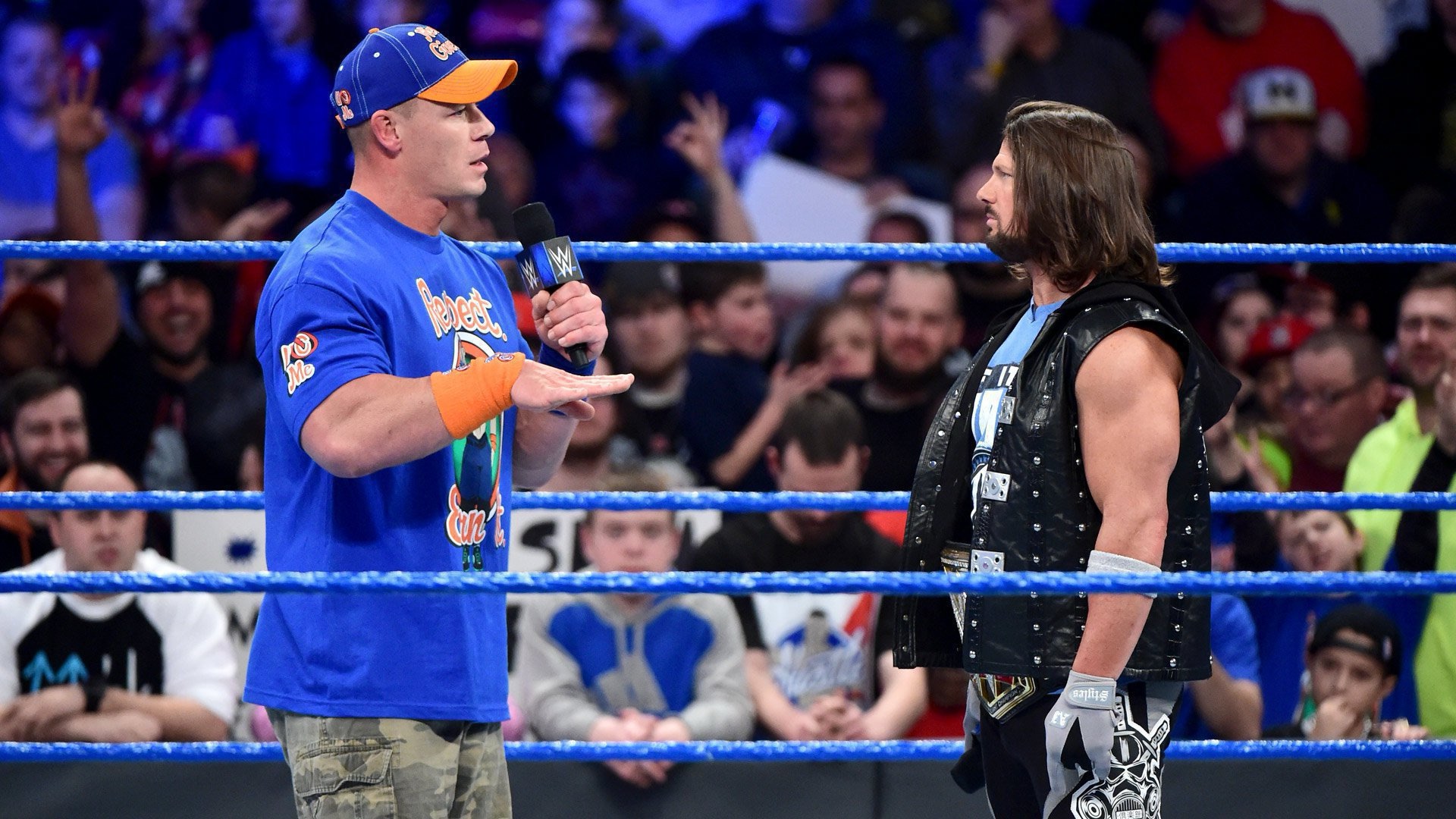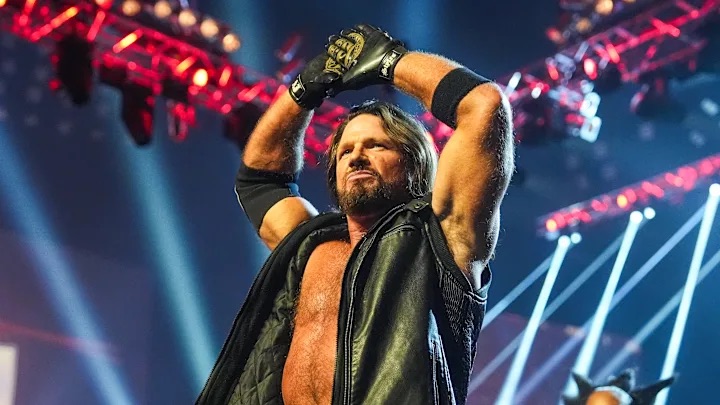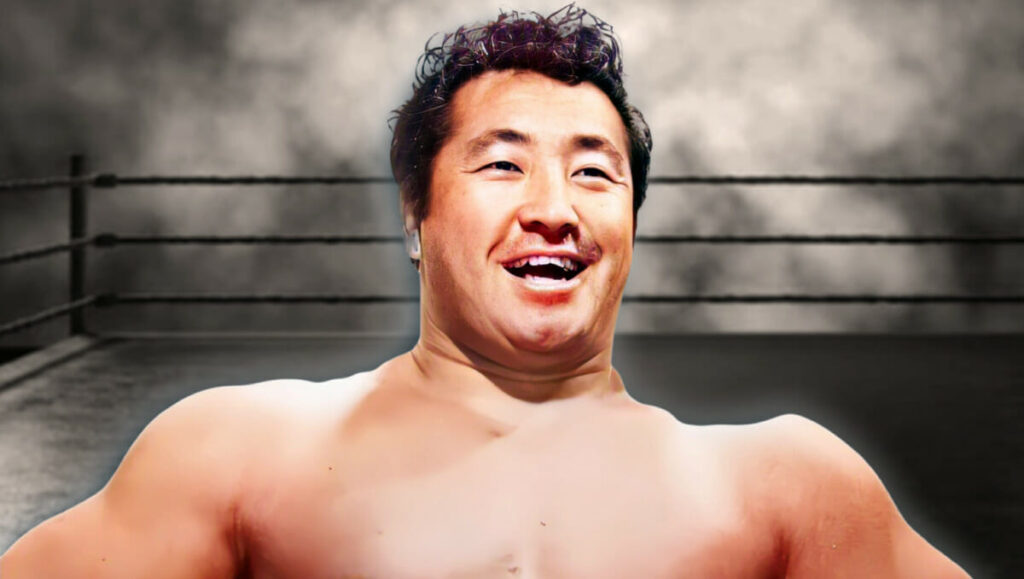
Distinct in its psychology and presentation of the sport, Puroresu is the Japanese style of professional wrestling that originated in the 1950s. The professional wrestling landscape in Japan is currently thriving, with numerous large-scale promotions such as NJPW, Pro Wrestling NOAH, and DDT, as well as the huge resurgence in popularity for Joshi wrestling thanks to the likes of WWR Stardom, TJPW, and Ice Ribbon amongst numerous others. Puroresu throughout the years has produced countless stars throughout the years, all with varying degrees of success, pop-culture notoriety, and in-ring influence, however there can be no doubt as to who sits at the top of the mountain when it comes to importance in the sport’s history. That title goes to the “Father of Puroresu”, Rikidōzan.
Whilst Rikidōzan would go down in history as the man who popularised professional wrestling in Japan, he wasn’t the first to try and do so. Debuting in 1884 in New York City, Sorakichi Matsuda is regarded by many as Japan’s first pro-wrestler, and whilst he was a featured attraction across the United States of America, Matsuda’s initial attempts to bring the sport to his home country failed, and he would tragically pass away just four years later, never getting to see the heights his dream would eventually reach. Throughout the following years many Japanese professional wrestlers would continue their exploits in the States, with little-to-no popularity for the concept back in the Land of the Rising Sun. This lack of popularity was all about to change however, as the nation was in desperate need for a morale boost.
Following Japan surrendering from World War 2, American troops occupying the country recognised the need for the reintroduction of sports in order to lift the morale of the Japanese people, as well as to kickstart the floundering economy. Whilst baseball was the sport initially touted as the key to revitalising Japan, few could’ve expected the emergence of a new dominant sporting industry that was about to take the country by storm.
The man responsible for the birth of Puroresu, Rikidōzan, was born in 1924 in the Kankyō-nan Prefecture of Japan, the land now known as North Korea. Rikidōzan moved to Japan at the age of 15, having been scouted as having the potential for sumo wrestling success. At the time, Japanese sentiment towards those of Korean origin was largely negative, and thus a story was invented to avoid any prejudice and racial discrimination that he may have faced. Born Kim Sin-rak, the name of Mitsuhiro Momota was adopted by the future wrestling star, with the name Momota being taken from the man who originally scouted him, Minosuke Mimota. It was also stated that ‘Mitsuhiro Momota’ was born in Omura, Nagasaki, following the harassment he received due to his original birthplace being revealed on sumo ranking sheets. Taking the name Rikidōzan, he went on to gain the 3rd highest rank attainable of a sumo wrestler (Sekiwake), although many consider Rikidōzan to have been held back by his Korean heritage from being able to progress higher. This may not be the case however, as the book ‘Japan: The Rikidōzan Years’ notes that Momota was slated to progress to the rank of Ozeki (2nd highest rank) before he retired in 1950. Following his retirement from sumo wrestling, Rikidōzan cut off his top-knot, symbolic of his departure from the national sport of Japan. He later attempted to re-enter the sport, but was flat-out refused by the governing bodies. Who knows how the landscape of professional wrestling would look today, or if it would’ve even made it to Japan at all, had Rikidōzan taken up sumo wrestling once again, as his next moves laid the groundwork for the scene we see thriving today.
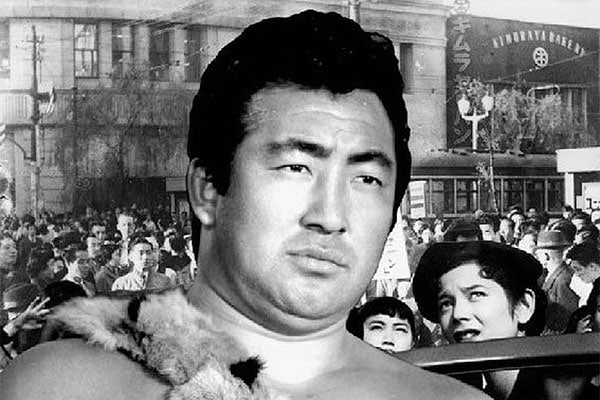
Newspaper reports began to emerge in 1951 that Rikidōzan was interested in entering the world of pro-wrestling. The report also highlighted that American pro-wrestlers were on their way to Japan, thanks largely to the influence of Al Karasick. Karasick was a promoter as part of the National Wrestling Alliance (NWA), responsible for bringing Japanese judokas (judo experts) to Hawaii and teaching them the art of pro-wrestling. Whilst many argue that Tsutao Higame originally developed the idea for a large-scale pro-wrestling tour of Japan, it was Karasick who made it possible. This would be the first instance of American professional wrestlers featuring in Japan, with one of these being Bobby Bruns. Bruns was looking at ways of enticing the indifferent Japanese population to watch their events, and thus he recruited Rikidōzan alongside two judokas to take part. After one month of training, Rikidōzan made his in-ring debut on October 28th, 1951. Karasick’s tour ran until December of 1951, and despite the American promoter claiming the string of events to be a major success, they never made a comeback. Throughout this tour however, a spark was lit under Rikidōzan.
Acknowledging that simply continuing his sumo training wasn’t going to cut it if he wanted to make it big as a pro-wrestler, Rikidōzan travelled to Hawaii in February 1952, where he began training under the aforementioned Bruns, as well as Oki Shikina, one of the early Japanese stars in American pro-wrestling. Rikidōzan spent the next year wrestling across Honolulu and Northern California, before returning to Tokyo in March of 1953. He’d clearly mastered the art of presenting himself like a star during his time in the States, as upon returning he told reporters that he’d had over 200 matches whilst in America, only being beaten by 3 other wrestlers. He’d also seemingly been studying the business side of professional wrestling, saving up the money he’d earned whilst performing in America as well as picking up valuable sponsorships in order to build his own dojo. On top of the dojo, Rikidōzan founded Nihon Puroresu Kyokai/Japan Pro Wrestling Alliance (JWA), capitalising on Karasick’s lack of initiative in trying to maintain an interest in pro-wrestling in Japan. Much like Karasick’s original attempt, the JWA planned to tour Japan whilst featuring American talent, and Rikidōzan made sure that they garnered as much publicity for these events as possible.
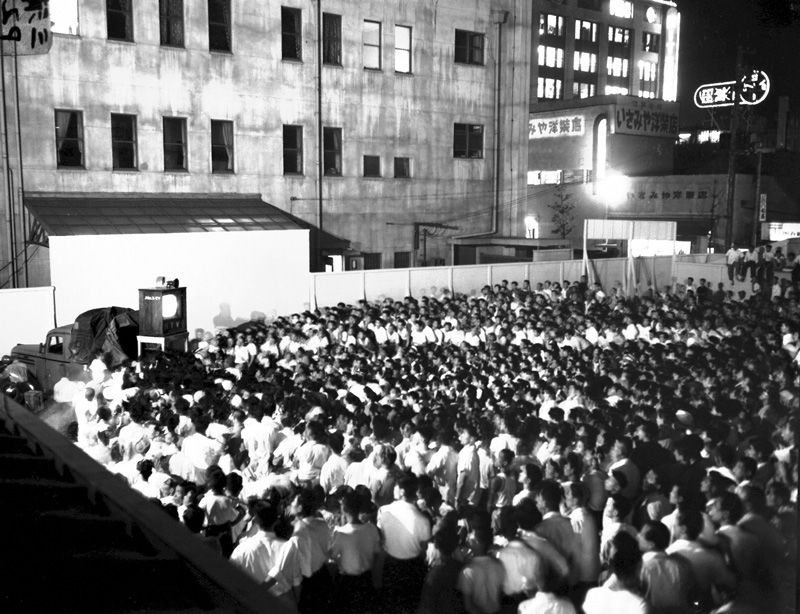
Rikidōzan drummed up so much interest for the JWA that he convinced the President of the Nippon Television Network Corp to televise their first event. This was a major step in Rikidōzan’s plan for success, as television was a new sensation to Japan, and he was all too aware of how important securing screen-time would be. Television was so new to Japan in fact, that very few Japanese citizens had their own TV at home. Rikidōzan saw this potential roadblock and ingeniously decided to set up 220 giant television screens in open spaces so that as many people as possible could view their debut show, happening in Tokyo on February 19th, 1954. The main event of this show would pit the promotion’s founder against Ben and Mike Sharpe of the Mid Pacific Promotions that Rikidōzan had made connections with during his time in America. Rikidōzan’s partner on the evening was Masahiko Kimura, regarded by many as one of the greatest judokas of all time, and the originator of the Kimura Lock.
The story of the bout utilised a classic trope from American pro-wrestling, the foreign heel, this time with the shoe on the other foot. There was a general feeling of bitterness towards the American occupants from the Japanese people at this time, and Rikidōzan’s triumphant victory over the “evil” Americans allowed the former sumo wrestler to become a national hero overnight. The shows were a hit, with over 45,000 people attending JWA’s first 3 events, with the success of the shows even causing a surge in TV sales across the country, as fans eagerly anticipated the heroic Rikidōzan’s next outing. He was a symbol of strength to the Japanese people, and his soaring popularity allowed him to transition into acting and recording artist roles alongside his in-ring endeavours. Rikidōzan was so popular in fact, that to this day, two of his matches as a part of the JWA rank amongst the most watched television programmes in Japan’s history, those being his 1957 bout with Lou Thesz and his clash against The Destroyer in 1963. His legacy is also felt throughout pro-wrestling media, as a number of popular magazines began off the back of the rising popularity of the sport thanks to Rikidōzan’s efforts. One of those magazines, Monthly Pro Wrestling, remains active to this day as Weekly Pro Wrestling.
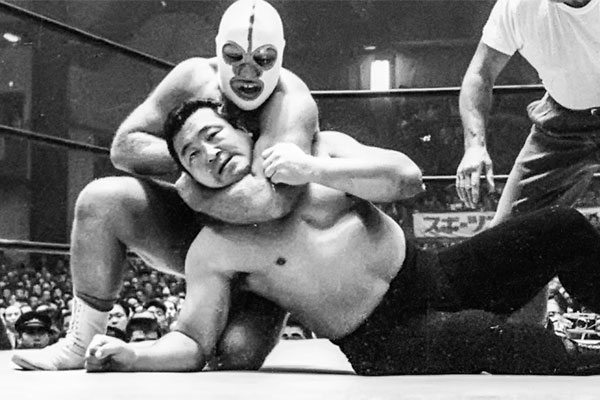
Unfortunately, Rikidōzan’s life was tragically cut short, as the Korean-Japanese star passed away on December 15th, 1963 at the age of 39. He had been involved in an altercation with a member of the Yakuza just a week prior, during which he was stabbed in the abdomen. In the years following his death, the JWA’s success began to dwindle, opening the door for new promotions to set up shop. Rikidōzan was notorious for sabotaging any other promotion that looked to steal the JWA’s spotlight, even resisting an attempt from Al Karasick and the NWA to take over his “territory”.
Perhaps the greatest legacy left behind by Rikidōzan were the wrestlers he trained. Two in particular stand out as being instrumental in carrying the flag of Puroresu throughout their careers, those being Antonio Inoki and Giant Baba. Both men debuted in JWA in September of 1960, although it would be their actions following the demise of their home-promotion that would go down in history as two of the most important moments in the history of Japanese pro-wrestling. After leaving the JWA, both men would go on to found their own companies in 1972, with both still being dominant presences in the Japanese pro-wrestling landscape to this day. Inoki founded New Japan Pro Wrestling (NJPW), and to be honest, if you’ve read this far and aren’t aware of the promotion, I have to question how you got here. New Japan is home to undoubtably the biggest star in modern day Puroresu, being ‘The Rainmaker’ Kazuchika Okada, and their annual Wrestle Kingdom events have reached a status akin to WWE’s Wrestlemania over recent years. Inoki, much like Rikidōzan, reached an astronomical level of popularity during his in-ring career, even squaring off against boxing icon Muhammad Ali, before eventually venturing into the world of politics. Baba founded All Japan Pro Wrestling (AJPW), and whilst the promotion isn’t currently anywhere near at the peak of its powers, it’s importance is undeniable. The famous “Four Pillars of Heaven” (Misawa, Kobashi, Kawada, and Taue) made their names in the promotion, and the company recently took part in Korakuen Hall’s 60 year anniversary show alongside the aforementioned NJPW. AJPW’s All Asia Tag Team Championships are currently the oldest active championship belts across the country, having been created by JWA in 1955, and revived by AJPW in 1976 following a short period of inactivity following JWA’s closure. Baba was also ranked 92nd on the list of The Top 100 Historical Persons In Japan in 2006, a vote held by the public airing on Nippon Television.
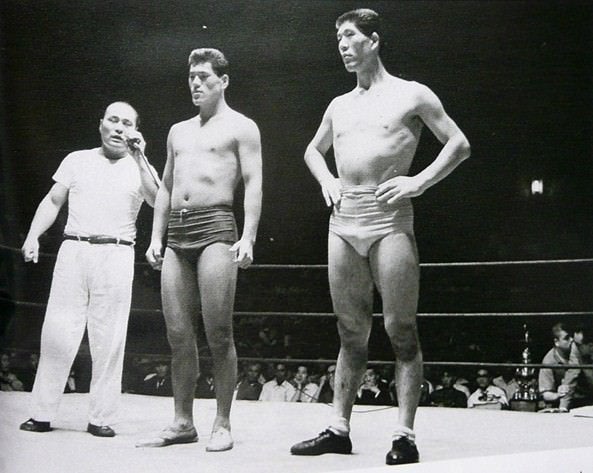
It’s fair to say that without Rikidōzan, the world may never have been blessed with the talents of Antonio Inoki & Giant Baba, and thus the professional wrestling we see today would be completely unrecognisable. Where Sorakichi Matsuda failed, Rikidōzan thrived, transforming a once unpopular concept into a business that has thrived for over 70 years and counting. His contributions to the business were even recognised by WWE in 2017, being inducted into the Legacy wing of the Hall of Fame. Whenever you next sit down to watch Puroresu show, whether it be hard-hitting strong style, fast paced Joshi Puroresu action, comedy wrestling, or even a death match, think back to the incredible story of Rikidōzan, a pioneer of the highest degree who’s contributions will forever be remembered.
